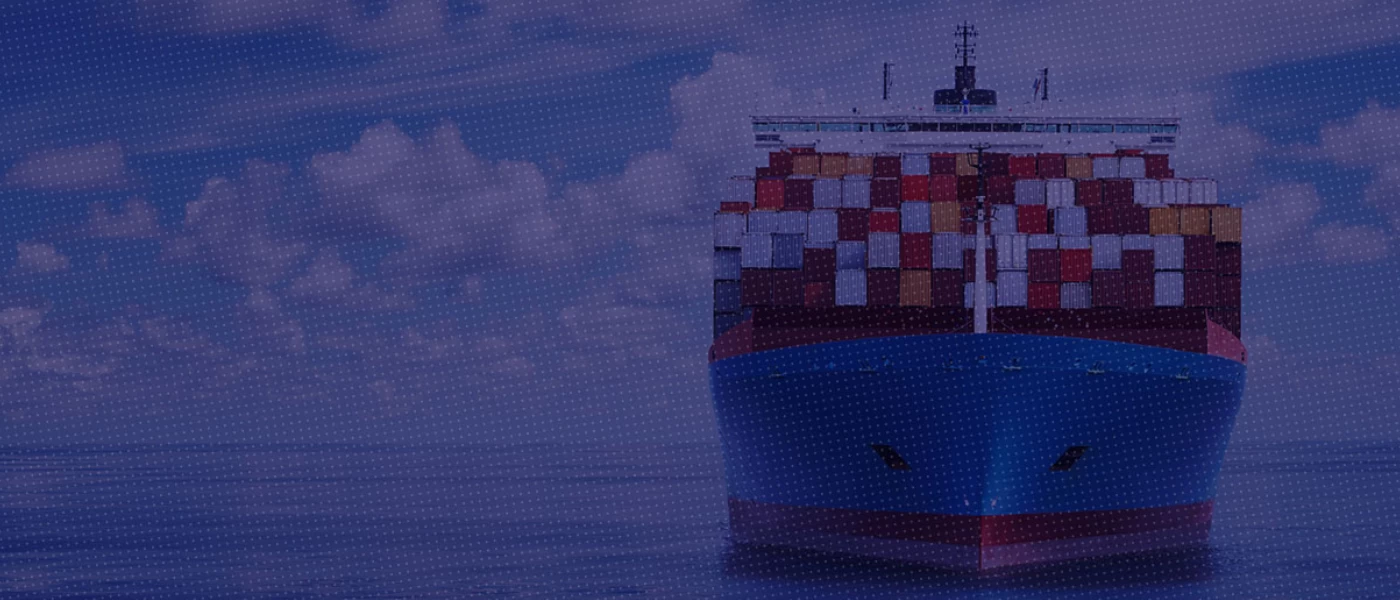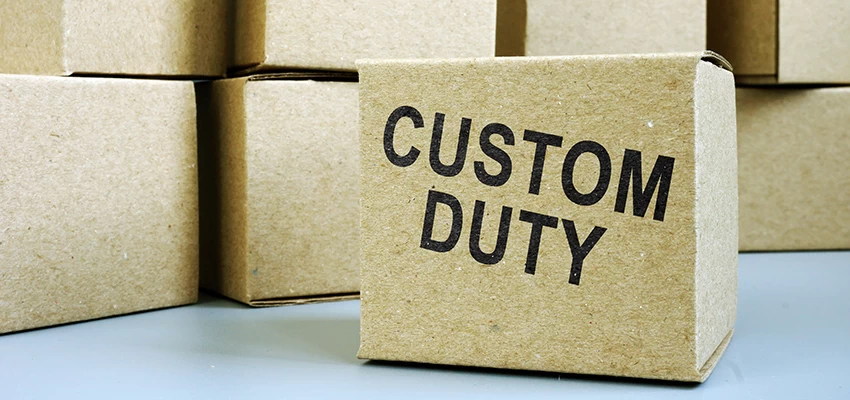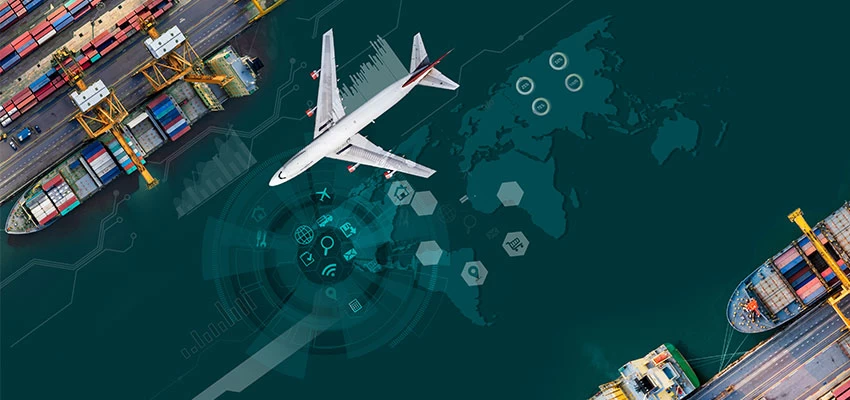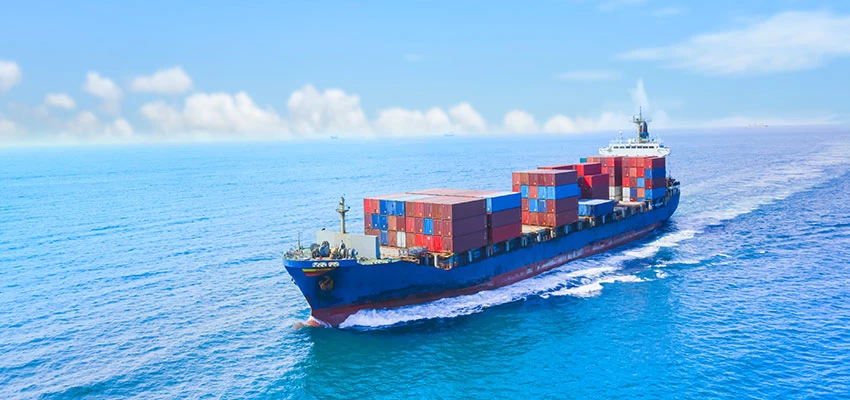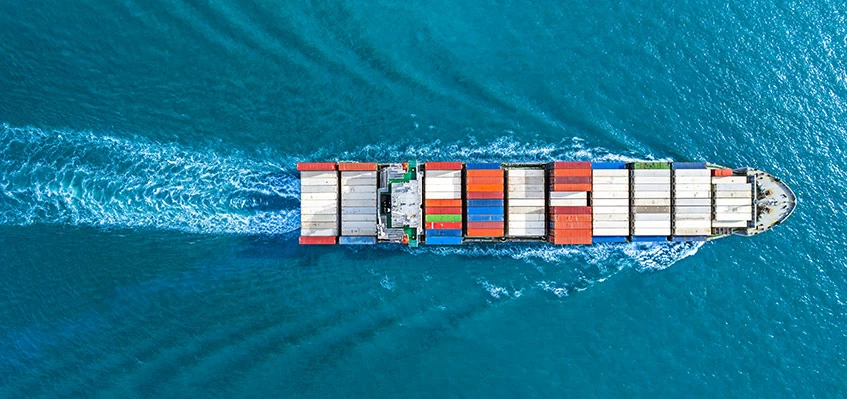Trade remedy measures are applicable only to specific products originating in certain countries. Sometimes exporters make changes in the business model to overcome the measures by circumventing the duties and thereby rendering the measures largely ineffective.
In order to arrest such practice, many countries like the EU, UK, USA, Australia and India have incorporated the provision relating to circumvention of trade remedial measures in their trade remedy laws.
In India, the provision relating to circumvention with respect to Countervailing duty and Anti-dumping duty have been incorporated under Section 9(1A) and Section 9A(1A) of the Customs Tariff Act, 1975, respectively.
The above provision has primarily identified the following three types of scenarios wherein a circumvention of trade remedial measures can be said to have taken place –
- Alteration of the description or name or composition of the article which are subject to the measure (minor alteration), or
- By import of such article in an unassembled or disassembled or incomplete form (de-localizing assembly operations), or
- By changing the country of its origin or export (transhipment).
Further, Rules have been prescribed in Anti-dumping/Countervailing duty Customs Tariff Rules to operationalise the provisions.[1]
Rule 25(1) under Anti-dumping Rules states that a circumvention of anti-dumping duty can said to be taking place only when -
- a change in the pattern of trade between any country and India or between individual companies in any country subject to measures and India is established;
- this change in pattern of trade must stem from a practice, process or work for which there is insufficient cause or economic justification other than the imposition of the duty;
- there must be evidence of injury or that the remedial effects of the duty are being undermined in terms of the prices or quantities or both of the like product; and
- there must be evidence of dumping in relation to the normal values previously established for the like product.
Further, Rule 25(2) under AD Rules provides that the practice, process or work referred above would cover in its ambit certain operations that would amount to circumvention. This includes operation in which an unassembled, incomplete or unfinished article is imported and assembled, completed or finished in India or in some other country. With respect to this kind of operation, the Rule specifies that circumvention can be said to be taking place when –
- the operation started or increased after, or just prior to, the anti-dumping investigations and
- the parts and components are imported from the country subject to measures; and
- the value addition (i.e., the cost of assembled, complete or finished article less value of imported parts or components), during the assembly or completion operation, is less than 35% of the manufacturing cost.
As per explanation to above Rule, ‘value’ means the cost of assembled, complete or finished article less value of imported parts or components. For the purposes of calculating the ‘value’, expenses on account of payments relating to intellectual property rights, royalty, technical know- how fees and consultancy charges, shall not be taken into account.
In the present article, we will analyse the circumvention provision involving above mentioned operation when an unassembled, incomplete or unfinished article is imported and assembled, completed or finished in India or in some other country.
Change in pattern of trade
At the outset, in order to establish circumvention, there should be a change in the pattern of trade. Therefore, in terms of the provision, the investigating Authority will first analyse whether the operation started or increased after, or just prior to, the anti-dumping investigations. In other words, the Authority will be required to establish that there is no plausible alternative explanation for the change in the pattern of trade.
In past circumvention cases investigated by India, where the operation only began after the measures were imposed, it has been presumed that the practice stems from the anti-dumping measures unless it is demonstrated that the change in the pattern of trade occurred due to other factors.
Nature of operation
As far as operations to be covered under practice, process or work, from a cursory look of the provision, it appears that the following type of operation are intended to cover in this particular provision -
- when unassembled article is imported and assembled in India or in some other country.
- when incomplete or unfinished article is imported and completed or finished in India or in some other country.
Further, the provision also entails for checking, first, whether to carry out above operation, parts/components are imported from country subject to measures. Second, whether the value addition is less than the threshold of 35%. All these conditions need to be cumulatively satisfied in order to ascertain circumvention.
The above includes two types of operations. First, where pure assembly of unassembled imported components are carried out which generally involves minimal processing activity. Second, where processing is carried out on unfinished product to convert into a complete finished goods.
In the second category, there can be a situation where the processing activity caried out on the product may substantially transform the product into a different product than the input.
It is worth to mention here that the practice, process or work should first be analysed to ascertain whether there is sufficient cause or economic justification for carrying out such activity other than to avoid the imposition of the duty. However, the provision by specifying the value addition norms of 35% has quantified the meaning of economic justification.
In other words, any operation which does not meet the threshold criteria of 35% value addition, shall automatically amount to insufficient cause or economic justification even if there is substantial transformation of the product from input used or there is substantial investment in plant & machinery to carry out such operation with an intent to carry out such operation under a prudent business plan.
In this regard, reference can be made to following past anti-circumvention investigations by Indian Authority wherein circumvention was established where value addition was found below 35%.
- On imports of Cold-Rolled Flat Products of Stainless Steel originating in or exported from China PR, Korea, European Union, South Africa, Taiwan, Thailand and USA.
- On the imports of Jute Sacking Bags from Bangladesh
- On Diclofenac Sodium (DFS) by imports of “Indolinone”, an unfinished form of “DFS”, originating in or exported from China PR
- On the imports of “O-Acid”, originating in and exported from China PR.
Provision under the EU and the USA with respect to assembly operations and processing activity
European Union
Article 13 of the EU AD Regulation contains both a general rule [Article 13(1)] and a specific rule for certain types of circumvention, namely through assembly operations [Article 13(2)]. It is important to note that Article 13(2) of the EU AD Regulation provides circumvention practices in specific cases involving assembly operations only carried out in the EU or in a third country. The said rule has prescribed the value addition norms (60/40 test or 25% test) for determining circumvention only with respect to operation involving assembly operation.
In an operation wherein processing activity is caried out on a product, in such a situation the EU applies the macro level analysis of operation to ascertain whether there is due cause and economic justification other than the avoidance of the duty.
In this regard, reference can be made to the Anti-Circumvention investigation pertaining to certain seamless pipes and tubes of stainless steel originating in China and consigned through India.[2] In the said case, the EU Authority held that activity carried out in India represented a substantial transformation of the product and that there was due cause and economic justification other than the avoidance of the duty for any change in the pattern of trade between China, India and the EU. On this basis, the EU Authority terminated the Anti Circumvention Investigation against India.
In the said case, in order to arrive at the conclusion, the EU Authority had verified the production facilities of the Indian exporting producers in order to be sure that the Indian producers were capable of producing the goods that were exported to the EU. During the investigation, the EU Authority focused on the actual company-specific data, confirming the nature of the semi-finished products that entered the Indian mills, the degree of processing in those mills and the economic justification for such activity.
The EU Authority also verified the capacity utilisation of the cooperating Indian exporting producers, finding that the production capacity generally exceeded the actual production output throughout the investigation period. This also supported the finding that the majority of the companies were equipped by the necessary fixed assets already before the initiation of the original investigation.
United States of America
In the USA, Section 781(b)(1) of the Tariff Act of 1930 is relevant which provides that a circumvention inquiry can be initiated when merchandise of the same class or kind subject to an existing AD / CVD order is completed or assembled in a foreign country other than the country to which such order applies.
In conducting circumvention inquiries under Section 781(b)(1) of the Act, the US Department of Commerce (Commerce) inter alia ascertains whether the process of assembly or completion in the foreign country is minor or insignificant.
Further, in determining whether or not the process of assembly or completion in a third country is minor or insignificant under Section 781(b)(1)(C) of the Act, Section 781(b)(2) of the Act directs Commerce to consider:
- the level of investment in the foreign country,
- the level of research and development in the foreign country,
- the nature of the production process in the foreign country,
- the extent of production facilities in the foreign country, and
- whether or not the value of processing performed in the foreign country represents a small proportion of the value of the merchandise imported into the United States.
However, it is pertinent to note that no single factor, by itself, controls Commerce’s determination of whether the process of assembly or completion in a third country is minor or insignificant. Accordingly, it is the Commerce’s practice to evaluate each of the five factors as they exist in the third country, depending on the totality of the circumstances in a particular circumvention inquiry.
The Commerce does not rely on specific value addition rules and bases its analysis on both qualitative and quantitative factors in determining whether the process of assembly or completion in third country is minor or insignificant, in accordance with the criteria of section 781(b)(2) of the Act. This approach is consistently followed in all circumvention inquiries.
Conclusion
In view of the above jurisprudence in the EU and USA, it is imperative that the Indian Authority also considers a broader perspective for carrying out circumvention investigations. With respect to an operation wherein processing activity is caried out on incomplete or unfinished article either in India or in some other country before being imported into India, the Authority rather than relying on quantitative value addition criteria, may consider adopting a holistic approach to ascertain whether there is due cause and economic justification in the activity. This will certainly help in reducing hardship to genuine business carried out by an operator.
[The author is an Associate Partner in WTO and International Trade Division in Lakshmikumaran & Sridharan Attorneys, New Delhi]
- [1] Customs Tariff (Identification, Assessment and Collection of Anti-Dumping Duty on Dumped Articles and for Determination of Injury) Rules, 1995
- [2] Commission Implementing Regulation (EU) 2017/2093 of 15 November 2017.







